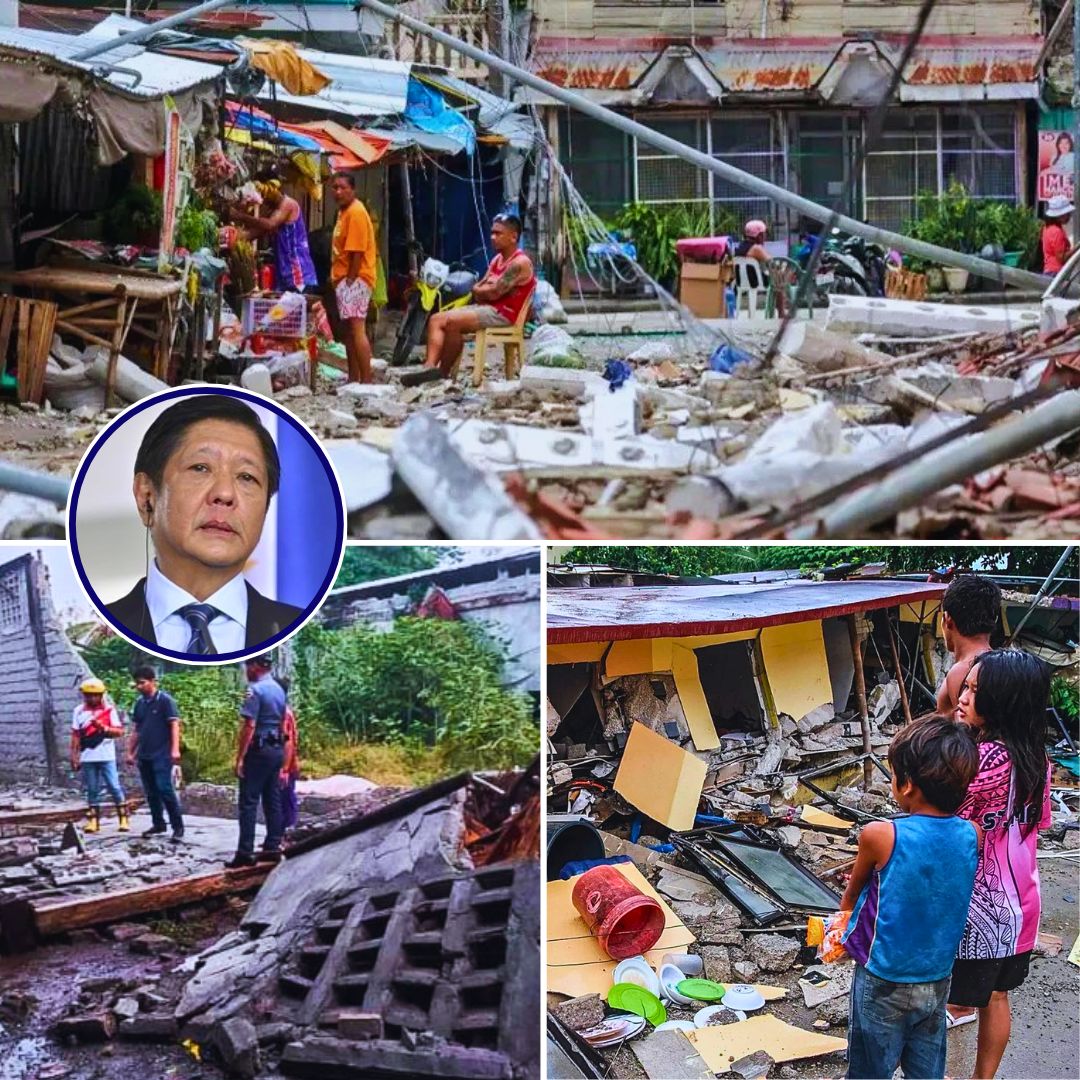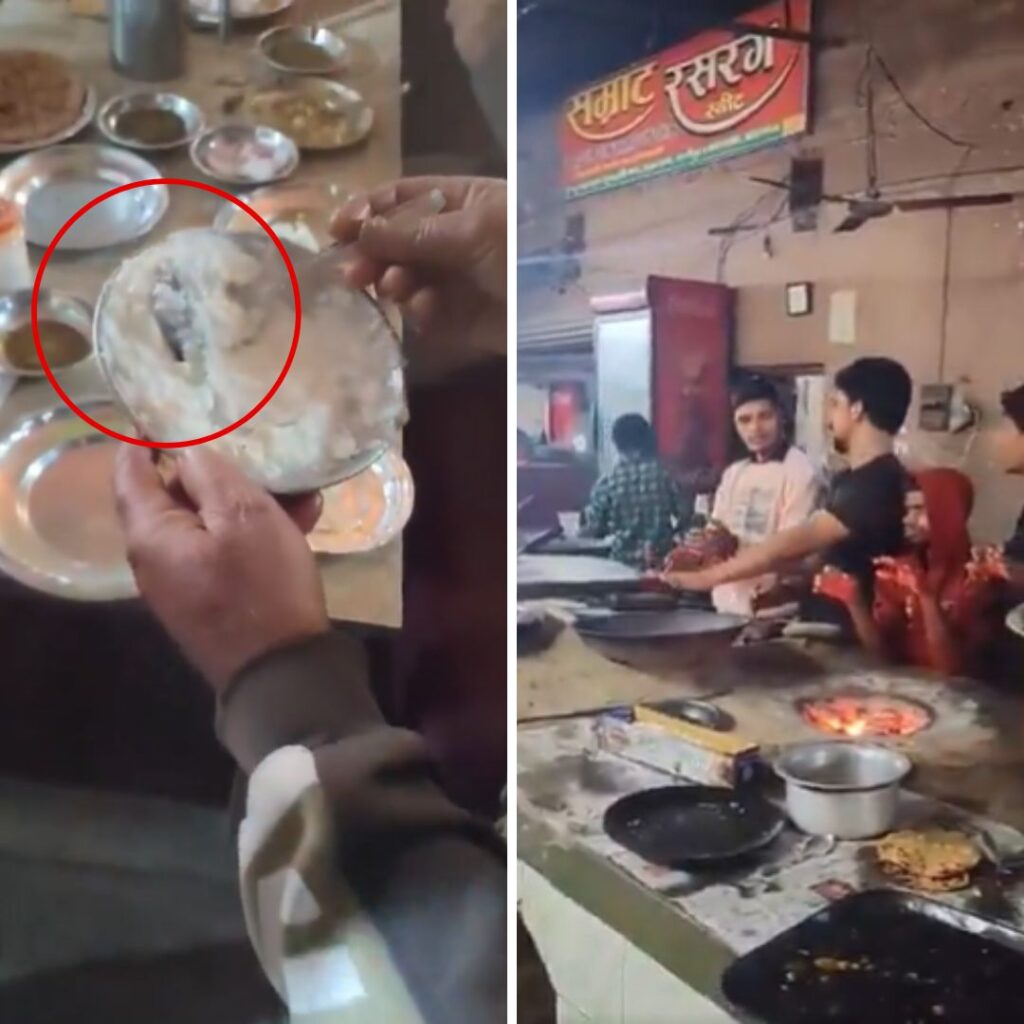On the night of September 30, 2025, a powerful earthquake measuring 6.9 on the Richter scale struck off the coast of Cebu in the central Philippines, with its epicentre approximately 19 kilometres northeast of Bogo City in Cebu province.
The quake, which was shallow at a depth of about 5 kilometres, lasted for roughly 10 seconds but caused widespread destruction across the region. Local authorities reported a death toll of at least 69 individuals, with over 150 others injured, many of whom are currently receiving treatment in overwhelmed hospitals.
Rescue missions are ongoing, with teams using heavy machinery and rescue dogs to locate survivors trapped beneath debris. The earthquake also triggered power outages, cracked roads, and collapsed buildings, including homes, public infrastructure, and historic sites.
Human and Structural Damage
The devastation was particularly severe in Bogo City, where 14 residents lost their lives, and numerous buildings were reduced to ruins. Landslides buried shanties in mountain villages, and the collapse of ceilings and walls caused fatalities in towns like Medellin and San Remigio.
In San Remigio, five fatalities were reported after residents attending a basketball game were caught in the wreckage. Emergency responders described the situation as critical, with rescue operations hampered by damaged roads, landslides, and collapsing infrastructure.
Many residents have evacuated to open fields, refusing to return to their unsafe homes out of fear of aftershocks, while others remain trapped under rubble.
Context and Broader Implications
The Philippines is situated along the Pacific “Ring of Fire,” a zone notorious for its seismic and volcanic activity. The country frequently experiences natural disasters, with recent weeks being particularly challenging due to back-to-back storms followed by this major quake.
The quake’s epicentre, near Cebu, struck in a region that had already been vulnerable from prior storms, compounding the disaster’s scale. Authorities responded swiftly; President Ferdinand Marcos Jr assured the public that relief efforts were underway and urged agencies to focus on providing food, water, and medical aid.
The Philippine Institute of Volcanology and Seismology issued a brief tsunami warning, which was later lifted as no waves of concern were detected.
Our Perspective and Call to Reflection
The tragedy unfolding in Cebu and surrounding areas is a stark reminder of the urgent need for resilient infrastructure, effective early warning systems, and community preparedness in disaster-prone regions. While the immediate relief efforts aim to save lives, the longer-term challenge lies in rebuilding safer communities and addressing socio-economic vulnerabilities.
As an organisation committed to empathy, social harmony, and peace, The Logical Indian emphasizes the importance of global solidarity and proactive policies to support disaster-affected populations.












